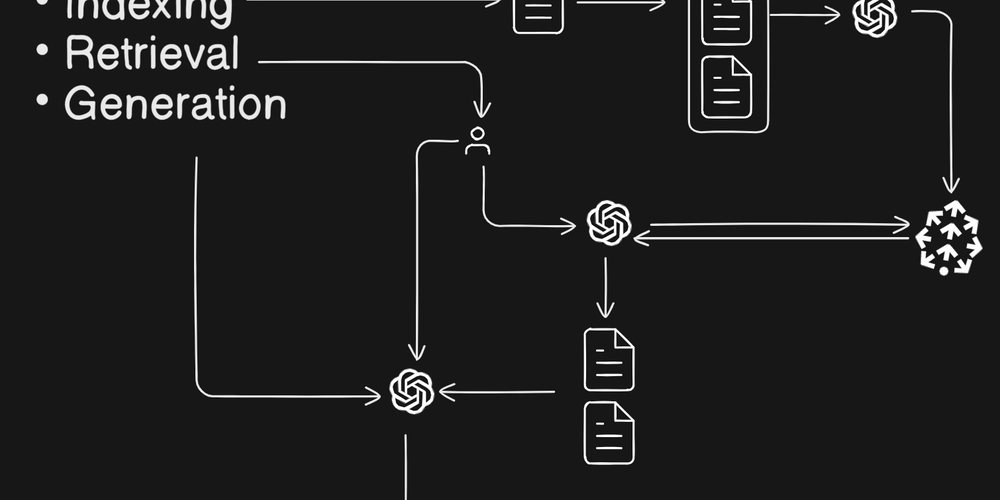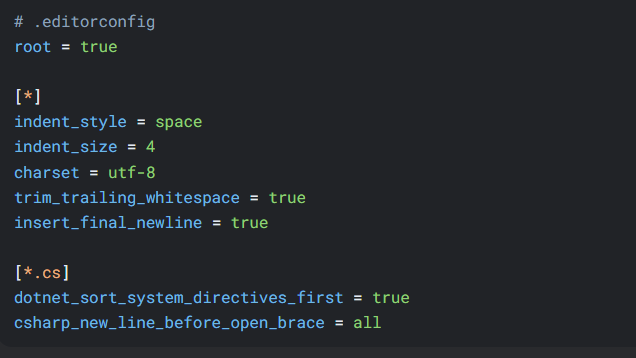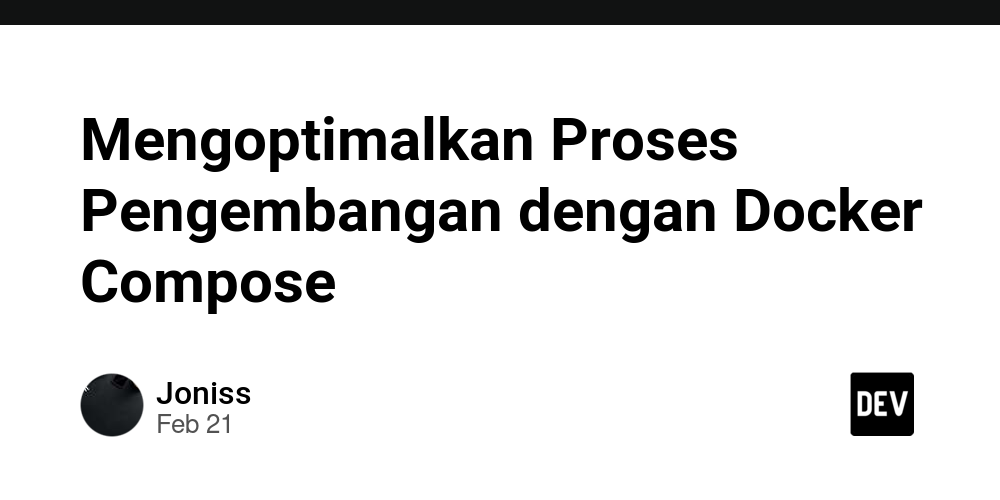Crafting an Effective Application Security Program: Strategies, Techniques and Tools for the Best End-to-End Results
AppSec is a multifaceted, robust method that goes beyond vulnerability scanning and remediation. The ever-evolving threat landscape, coupled with the rapid pace of technological advancement and the growing intricacy of software architectures, demands a holistic, proactive approach that seamlessly incorporates security into every phase of the development process. This comprehensive guide explores the key elements, best practices and cutting-edge technology that help to create the highly effective AppSec program. It empowers companies to strengthen their software assets, minimize risks and promote a security-first culture. At the center of a successful AppSec program lies an important shift in perspective which sees security as an integral part of the development process, rather than an afterthought or a separate undertaking. This paradigm shift requires close collaboration between security, developers, operational personnel, and others. It reduces the gap between departments that hinder communication, creates a sense sharing responsibility, and encourages an approach that is collaborative to the security of the applications are developed, deployed or manage. DevSecOps allows organizations to integrate security into their processes for development. This will ensure that security is considered at all stages, from ideation, design, and deployment, through to ongoing maintenance. One of the most important aspects of this collaborative approach is the creation of specific security policies, standards, and guidelines that establish a framework for secure coding practices risk modeling, and vulnerability management. The policies must be based on industry standard practices, such as the OWASP Top Ten, NIST guidelines, as well as the CWE (Common Weakness Enumeration) and take into account the unique demands and risk profiles of the particular application as well as the context of business. The policies can be codified and easily accessible to all parties and organizations will be able to implement a standard, consistent security process across their whole collection of applications. To make these policies operational and make them actionable for development teams, it is vital to invest in extensive security training and education programs. These programs should be designed to provide developers with information and abilities needed to write secure code, spot potential vulnerabilities, and adopt security best practices throughout the development process. Training should cover a range of areas, including secure programming and common attacks, as well as threat modeling and safe architectural design principles. By encouraging a culture of constant learning and equipping developers with the tools and resources they need to incorporate security into their work, organizations can establish a strong base for an efficient AppSec program. Security testing is a must for organizations. and verification methods in addition to training to identify and fix vulnerabilities before they are exploited. This requires a multi-layered approach, which includes static and dynamic techniques for analysis in addition to manual code reviews and penetration testing. Static Application Security Testing (SAST) tools are able to examine source code and identify vulnerable areas, such as SQL injection, cross-site scripting (XSS) as well as buffer overflows, early in the development process. Dynamic Application Security Testing tools (DAST) are however, can be used for simulated attacks on applications running to find vulnerabilities that may not be found through static analysis. The automated testing tools are very effective in discovering vulnerabilities, but they aren't a panacea. Manual penetration testing conducted by security experts is equally important to uncovering complex business logic-related weaknesses that automated tools might overlook. Combining automated testing and manual validation, organizations are able to get a greater understanding of their overall security position and determine the best course of action based on the potential severity and impact of the vulnerabilities identified. Businesses should take advantage of the latest technology, like artificial intelligence and machine learning to enhance their capabilities for security testing and vulnerability assessment. AI-powered tools can analyze vast amounts of code as well as application data, identifying patterns and anomalies that may indicate potential security vulnerabilities. These tools can also improve their ability to identify and stop emerging threats by gaining knowledge from the previous vulnerabilities and attacks patterns. Code property graphs are an exciting AI application for AppSec. They can be used to identify and correct vulnerabilities more quickly and effectively. CPGs provide a rich and semantic representation of an application's codebase. They capture not just the syntactic architecture of the code but as well as the complicated relations

AppSec is a multifaceted, robust method that goes beyond vulnerability scanning and remediation. The ever-evolving threat landscape, coupled with the rapid pace of technological advancement and the growing intricacy of software architectures, demands a holistic, proactive approach that seamlessly incorporates security into every phase of the development process. This comprehensive guide explores the key elements, best practices and cutting-edge technology that help to create the highly effective AppSec program. It empowers companies to strengthen their software assets, minimize risks and promote a security-first culture.
At the center of a successful AppSec program lies an important shift in perspective which sees security as an integral part of the development process, rather than an afterthought or a separate undertaking. This paradigm shift requires close collaboration between security, developers, operational personnel, and others. It reduces the gap between departments that hinder communication, creates a sense sharing responsibility, and encourages an approach that is collaborative to the security of the applications are developed, deployed or manage. DevSecOps allows organizations to integrate security into their processes for development. This will ensure that security is considered at all stages, from ideation, design, and deployment, through to ongoing maintenance.
One of the most important aspects of this collaborative approach is the creation of specific security policies, standards, and guidelines that establish a framework for secure coding practices risk modeling, and vulnerability management. The policies must be based on industry standard practices, such as the OWASP Top Ten, NIST guidelines, as well as the CWE (Common Weakness Enumeration) and take into account the unique demands and risk profiles of the particular application as well as the context of business. The policies can be codified and easily accessible to all parties and organizations will be able to implement a standard, consistent security process across their whole collection of applications.
To make these policies operational and make them actionable for development teams, it is vital to invest in extensive security training and education programs. These programs should be designed to provide developers with information and abilities needed to write secure code, spot potential vulnerabilities, and adopt security best practices throughout the development process. Training should cover a range of areas, including secure programming and common attacks, as well as threat modeling and safe architectural design principles. By encouraging a culture of constant learning and equipping developers with the tools and resources they need to incorporate security into their work, organizations can establish a strong base for an efficient AppSec program.
Security testing is a must for organizations. and verification methods in addition to training to identify and fix vulnerabilities before they are exploited. This requires a multi-layered approach, which includes static and dynamic techniques for analysis in addition to manual code reviews and penetration testing. Static Application Security Testing (SAST) tools are able to examine source code and identify vulnerable areas, such as SQL injection, cross-site scripting (XSS) as well as buffer overflows, early in the development process. Dynamic Application Security Testing tools (DAST) are however, can be used for simulated attacks on applications running to find vulnerabilities that may not be found through static analysis.
The automated testing tools are very effective in discovering vulnerabilities, but they aren't a panacea. Manual penetration testing conducted by security experts is equally important to uncovering complex business logic-related weaknesses that automated tools might overlook. Combining automated testing and manual validation, organizations are able to get a greater understanding of their overall security position and determine the best course of action based on the potential severity and impact of the vulnerabilities identified.
Businesses should take advantage of the latest technology, like artificial intelligence and machine learning to enhance their capabilities for security testing and vulnerability assessment. AI-powered tools can analyze vast amounts of code as well as application data, identifying patterns and anomalies that may indicate potential security vulnerabilities. These tools can also improve their ability to identify and stop emerging threats by gaining knowledge from the previous vulnerabilities and attacks patterns.
Code property graphs are an exciting AI application for AppSec. They can be used to identify and correct vulnerabilities more quickly and effectively. CPGs provide a rich and semantic representation of an application's codebase. They capture not just the syntactic architecture of the code but as well as the complicated relationships and dependencies between various components. AI-driven tools that leverage CPGs can provide a context-aware, deep analysis of the security stance of an application. They can identify security holes that could have been missed by traditional static analyses.
Additionally, CPGs can enable automated vulnerability remediation with the use of AI-powered repair and transformation methods. In order to understand the semantics of the code as well as the characteristics of the weaknesses, AI algorithms can generate specific, contextually-specific solutions that solve the root cause of the issue rather than simply treating symptoms. This approach does not just speed up the remediation but also reduces any chances of breaking functionality or creating new weaknesses.
Another crucial aspect of an effective AppSec program is the incorporation of security testing and validation into the continuous integration and continuous deployment (CI/CD) pipeline. Through automating security checks and integrating them in the process of building and deployment, organizations can catch vulnerabilities earlier and stop them from getting into production environments. This shift-left approach to security allows for rapid feedback loops that speed up the amount of time and effort needed to identify and remediate issues.
To reach this level of integration businesses must invest in proper infrastructure and tools for their AppSec program. The tools should not only be utilized for security testing as well as the platforms and frameworks which can facilitate integration and automatization. Containerization technology such as Docker and Kubernetes can play a vital role in this regard by offering a consistent and reproducible environment to run security tests, and separating potentially vulnerable components.
Effective tools for collaboration and communication are just as important as technology tools to create the right environment for safety and helping teams work efficiently with each other. Issue tracking tools, such as Jira or GitLab help teams identify and address weaknesses, while chat and messaging tools like Slack or Microsoft Teams can facilitate real-time communication and knowledge sharing between security professionals as well as development teams.
Ultimately, the success of the success of an AppSec program is not solely on the tools and technology employed, but also the employees and processes that work to support the program. To build a culture of security, it is essential to have a an unwavering commitment to leadership to clear communication, as well as a dedication to continuous improvement. By fostering a sense of sharing responsibility, promoting dialogue and collaboration, while also providing the appropriate resources and support, organizations can create an environment where security is more than a checkbox but an integral component of the development process.
In order to ensure the effectiveness of their AppSec program, companies must be focusing on creating meaningful measures and key performance indicators (KPIs) to track their progress and identify areas for improvement. read AI guide These indicators should be able to cover the entire life cycle of an application starting from the number and types of vulnerabilities discovered during the development phase to the time required to fix issues to the overall security measures. These indicators can be used to illustrate the benefits of AppSec investment, identify patterns and trends and aid organizations in making an informed decision on where to focus their efforts.
In addition, organizations should engage in continuous learning and training to keep up with the constantly evolving security landscape and new best practices. Attending conferences for industry and online classes, or working with experts in security and research from outside can allow you to stay informed with the most recent trends. By cultivating an ongoing education culture, organizations can make sure that their AppSec program is able to be adapted and resistant to the new threats and challenges.
It is vital to remember that security of applications is a continual process that requires a sustained investment and dedication. The organizations must continuously review their AppSec strategy to ensure that it remains efficient and in line to their objectives as new technologies and development practices are developed. Through adopting a continual improvement mindset, promoting collaboration and communication, as well as making use of cutting-edge technologies like CPGs and AI, organizations can create an efficient and flexible AppSec program that can not only secure their software assets but also help them innovate within an ever-changing digital world.read AI guide



































































![Apple Shares Official Trailer for 'Long Way Home' Starring Ewan McGregor and Charley Boorman [Video]](https://www.iclarified.com/images/news/97069/97069/97069-640.jpg)
![Apple Watch Series 10 Back On Sale for $299! [Lowest Price Ever]](https://www.iclarified.com/images/news/96657/96657/96657-640.jpg)
![Apple Slips to Fifth in China's Smartphone Market with 9% Decline [Report]](https://www.iclarified.com/images/news/97065/97065/97065-640.jpg)
![EU Postpones Apple App Store Fines Amid Tariff Negotiations [Report]](https://www.iclarified.com/images/news/97068/97068/97068-640.jpg)













![What features do you get with Gemini Advanced? [April 2025]](https://i0.wp.com/9to5google.com/wp-content/uploads/sites/4/2024/02/gemini-advanced-cover.jpg?resize=1200%2C628&quality=82&strip=all&ssl=1)






























































































_Andreas_Prott_Alamy.jpg?width=1280&auto=webp&quality=80&disable=upscale#)





















































































![[The AI Show Episode 144]: ChatGPT’s New Memory, Shopify CEO’s Leaked “AI First” Memo, Google Cloud Next Releases, o3 and o4-mini Coming Soon & Llama 4’s Rocky Launch](https://www.marketingaiinstitute.com/hubfs/ep%20144%20cover.png)






















































































































![Is this too much for a modular monolith system? [closed]](https://i.sstatic.net/pYL1nsfg.png)





















![[FREE EBOOKS] Machine Learning Hero, AI-Assisted Programming for Web and Machine Learning & Four More Best Selling Titles](https://www.javacodegeeks.com/wp-content/uploads/2012/12/jcg-logo.jpg)






























































































